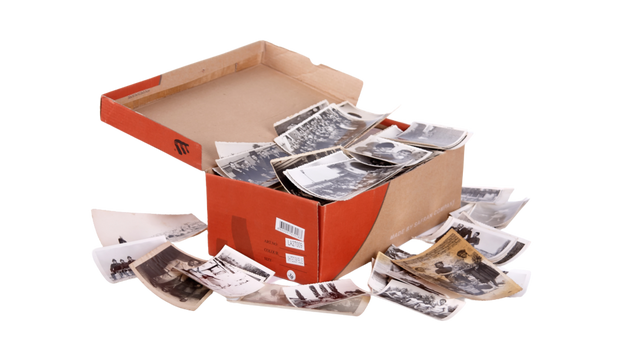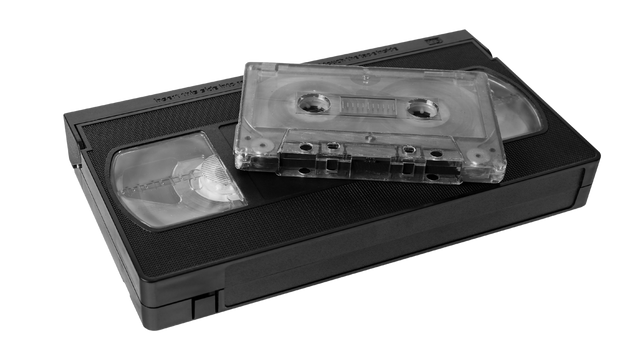
VHS Mold: How to Handle Moldy VHS Tapes Without Ruining Them
Moldy VHS Tape: What Causes It and Why It Matters
If you've opened a box of old home movies only to find a white, powdery substance inside the VHS shell—you're not alone. That’s VHS mold, and it can quietly destroy your memories if not treated properly. It forms when tapes are stored in humid or non-climate-controlled environments, such as attics, basements, or garages.
Once it begins, the mold feeds on the organic binder that holds magnetic particles in place on the tape. As it spreads, it eats away at the footage—and can even transfer to other tapes or damage your equipment.

Clean VCR Tapes Carefully—Or Not at All
We get it—you want to save what’s on those tapes. But cleaning moldy VHS tapes at home is risky. Common DIY cleaning attempts with cotton swabs or alcohol can smear the mold deeper, warp the tape, or shred it entirely during playback.
Even running a moldy tape through your VCR can permanently ruin the heads and spread contamination to other tapes. A better option is to quarantine the tape in a sealed bag and avoid playing it until you know what you're dealing with.
We cover the best practices in more detail in our guide to VHS tape repair.
Digitize VHS Tapes Before It’s Too Late
If your tapes smell musty, look fuzzy, or are sticking inside the case, it’s time to act. Mold can make the data unrecoverable if it progresses too far. Your best bet is to send it to a professional who knows how to safely digitize VHS tapes—especially those affected by sticky-shed syndrome or mold.
Heirloom offers a VHS to digital conversion service that includes free repair of moldy tapes and credit for any blanks. Your memories are digitized to secure cloud storage—not just a DVD that can go bad—so your stories are safe and easy to share.
Why Moldy VHS Tapes Should Never Go to Legacybox
Many services reject moldy VHS tapes after charging upfront. We’ve heard from customers whose tapes were returned untouched, labeled "unrecoverable" with zero evidence of mold. That’s why we never ask for payment before reviewing your media.

Mini Tapes, Major Memories: Don’t Forget VHS-C
Many families recorded their most precious moments—birthdays, vacations, and first steps—on compact VHS-C tapes, not full-size VHS. These smaller tapes often suffer the same mold and magnetic decay issues as their larger cousins, but they can be just as meaningful to preserve.
If you're unsure what type of tapes you have, look for palm-sized cassettes that once fit into camcorders or VHS-C adapters. Heirloom converts these too, using the same high-quality care and professional equipment that we use for full-size VHS tapes.
Whether it’s a full VHS library or a few forgotten VHS-C gems, we recommend sending your VHS cassettes to America’s best video tape conversion service, and we’ll handle the moldy tapes with care, keeping you updated every step of the way.

📧 Want more tips like this?
Subscribe to Heirloom emails to learn how to preserve your priceless memories. Get discount codes for expedited shipping, quality digitizing, and secure cloud storage. We never spam, and it’s easy to unsubscribe at any time.

Casey Bramhall
Learn MoreCasey, a former professional in home organization and an inspired Heirloom customer, now helps others preserve their memories as a passionate customer success agent.
Mentioned in this article
More stories

Image Count Tips: How Many Photos Are in Your Box?

Cassette Tape Conversion Guide: Audio and Video Formats Explained
Cassette tapes once held the soundtracks and stories of our lives. But “cassette tape” doesn’t just mean mixtapes. It could mean home videos, voice...